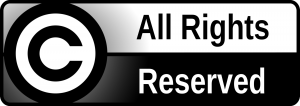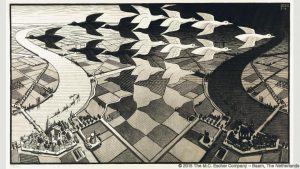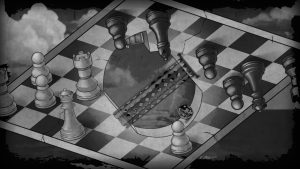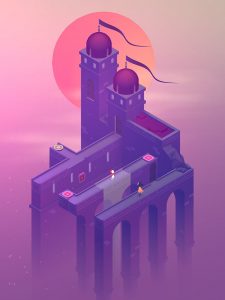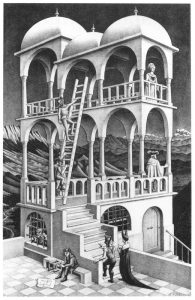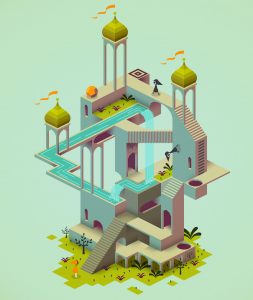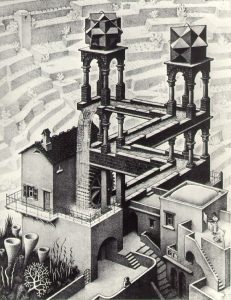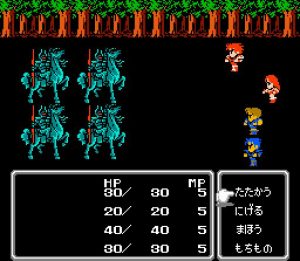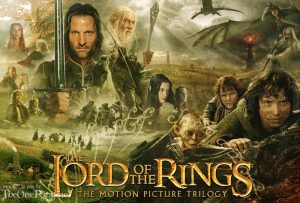A) What do you see as the positives and negatives around copyright?
As Wilhelm Schnotz says, in an ideal world, no one would use your materials without your consent, or attempt to make money by peddling intellectual property they didn’t own. This is not an ideal world, but copyright laws help people and companies protect their work. I think that a strong point of copyright laws is that it automatically extends to all creative works as soon as you publish them. Also, copyright gives the creator of a piece of intellectual property the sole right to produce and reproduce their work as well as authorize it (John Oman). You, as a creator, get protection, copyright preventing your work from being stolen or misused by others. Last but not least, I believe that the fact that the copyright has a limited time only is a good thing because after that period, your work can be shared in the public domain and people can feel free to use it for creating new pieces of work.
Although copyright law grants protections and rights to copyright holders, the system is far from perfect (Wilhelm Schnotz). I believe that copyrights key advantage is also its primary disadvantage. The inability to share it is a weak point – people cannot use your work or distribute it, even if they are not doing it for profit. This can mean that your work is disseminated slowly or not at all. Furthermore, authorship is not ownership (Kelley Keller). Being the creator of the work does not always guarantee ownership. Another negative thing about copyright is that it can be expensive for some small companies. For example, legal representation may be needed in some cases and small copyright owners might have difficulty affording long-term representation. Lastly, I think that copyright can sometimes be confusing and ambiguous, as well as time consuming.
B) Give some examples where you see games being clearly influenced by other work?
Living in the internet era, I think that it is much easier to find inspiration and do your research. Game designers take inspiration from everything that surrounds them. For instance, the famous M.C. Escher inspired many artists. In The Bridge, we can see the influence of his Day and Night drawing. Also, critics compared the Monument Valley’s visual style to a vibrant Escher drawing (Liz Stinson).
M. C. Escher – Day and Night, 1938
The Bridge, 2013
M. C. Escher – Belvedere, 1958 & Waterfall, 1961 vs Monument Valley, 2014
The influence of J.R.R. Tolkien’s work upon Final Fantasy is clear the farther back you look. The first Final Fantasy game has humans, dwarves, orcs, and dragons, while adding mermaids, robots, and other such creatures. Much like the quest of Frodo and the Fellowship to destroy the One Ring, the main storyline of the game involves The Four Light Warriors travelling to vanquish the works of Chaos and the Four Fiends (Allie Dawson).
First Final Fantasy, 1987
J.R.R. Tolkien – Lord of the Rings, 1954
References:
- Wilhelm Schnotz, “Pros & Cons of Copyright Laws”
- John Oman, “Copyright: Advantages and Disadvantages”
- Kelley Keller, “Owner or Author – What’s the difference?”
- Allie Dawson, “The Influence of J.R.R. Tolkien on Modern Video Gaming”
- Carol L. Robinson, “Electronic Tolkien: Characterization in Film and Video Games.” From Medieval Afterlives in Contemporary Culture, Ed. by Gail Ashton, Bloomsbury Publishing, 2015
- Andrew Heisch, “Tolkien in Videogameland,”
External Links:
https://www.bl.uk/business-and-ip-centre/articles/three-reasons-for-copyright-protection
http://copyrightkills.blogspot.co.uk/2009/12/copyright-advantages-and-disadvantages.html
https://yourbusiness.azcentral.com/pros-cons-copyright-laws-5170.html
https://yourbusiness.azcentral.com/simple-explanation-trademark-copyright-laws-9985.html
http://kelleykeller.com/owner-vs-author-whats-the-difference/
https://www.wired.com/2013/12/monument-valley-a-gorgeous-game-thats-like-an-m-c-escher-come-to-life/
http://www.tate.org.uk/context-comment/articles/top-10-art-direction-video-games
https://the-artifice.com/jrr-tolkien-video-gaming/
http://www.nintendojo.com/features/specials/tolkien-in-videogameland

